Architecture Of Distributed File System
Architecture of distributed file system. Plz like share and subscribe our channel. CIFS is the accent of SMB. In the early days distributed systems architecture consisted of a server as a shared resource like a printer database or a web server.
No data is actually stored on the NameNode. However the differences from other distributed file systems are significant. Distributed Systems - Peer To Peer Services and File System An architecture that offers a clear separation of the main concerns in providing access to files is obtained by structuring the file service as three components.
The system is flexible and scaleable. It is possible to reconfigure the system dynamically. A DFS manages set of dispersed storage devices Client-Server architecture A client interface for a.
Components and Architecture Hadoop Distributed File System HDFS The design of the Hadoop Distributed File System HDFS is based on two types of nodes. Naming of files supported by use of directories. A directory is a file that provides a mapping from text names to internal file.
In other words CIFS is an. It has many similarities with existing distributed file systems. File systems are designed to store and manage large number of files facilitates for creating naming and deleting files.
A NameNode and multiple DataNodes. A distributed file system DFS is a file system with data stored on a server. The NFS protocol is one of several distributed file system standards for network-attached storage NAS.
HDFS is highly fault-tolerant and is designed to be deployed on low-cost hardware. File attribute record structure Shaded attributes are managed by the file system and not updatable by user programs.
File attribute record structure Shaded attributes are managed by the file system and not updatable by user programs.
The DFS makes it convenient to share information and files among users on a network in a controlled and authorized way. File attribute record structure Shaded attributes are managed by the file system and not updatable by user programs. Distributed file systems DFSs such as the Google File System the Hadoop Distributed File System Microsoft Cosmos and IBM GPFS-SNC provide scalable and fault-tolerant persistent file storage. In other words CIFS is an. However the differences from other distributed file systems are significant. DISTRIBUTED FILE SYSTEMS System that permanently store data Divided into logical units files shards chunks blocks A file path joins file and directory names into a relative or absolute address to identify a file Support access to file and remote servers Support concurrency Support distribution Support replication NFS GPFS Hadoop DFS GlusterFS. Advantages of distributed object architecture It allows the system designer to delay decisions on where and how services should be provided. File systems are designed to store and manage large number of files facilitates for creating naming and deleting files. The purpose of a distributed file system DFS is to allow users of physically distributed computers to share data and storage resources by using a common file system.
A distributed file system DFS is a file system with data stored on a server. The DFS makes it convenient to share information and files among users on a network in a controlled and authorized way. A NameNode and multiple DataNodes. Unit 1 Architecture of Distributed Systems 1 Architecture of Distributed Systems Introduction A Distributed System DS is one in which Hardware and software components located at remote networked computers coordinate and communicate their actions only by passing messages. A Distributed File System DFS as the name suggests is a file system that is distributed on multiple file servers or multiple locations. It has many similarities with existing distributed file systems. Plz like share and subscribe our channel.


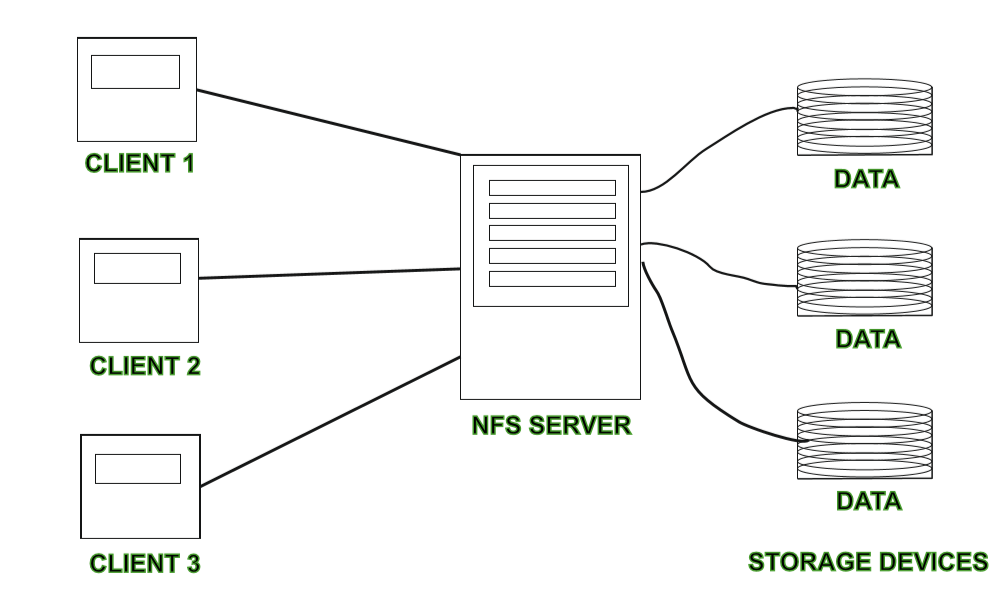

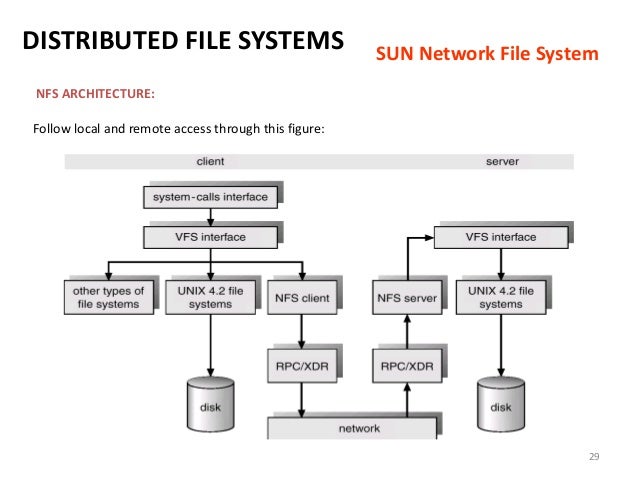

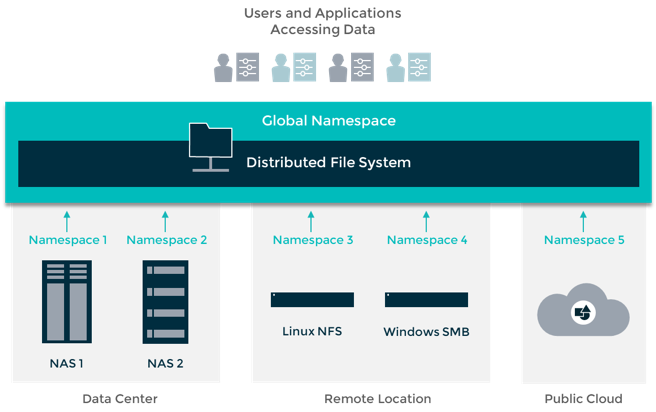



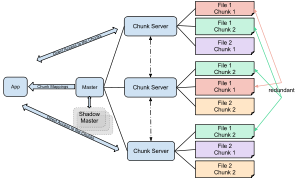
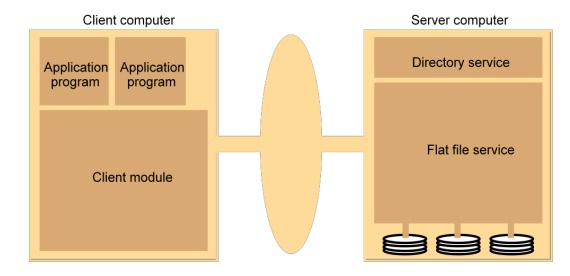
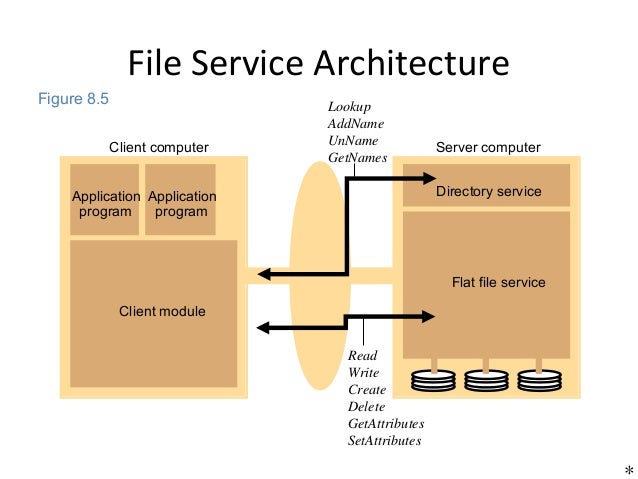
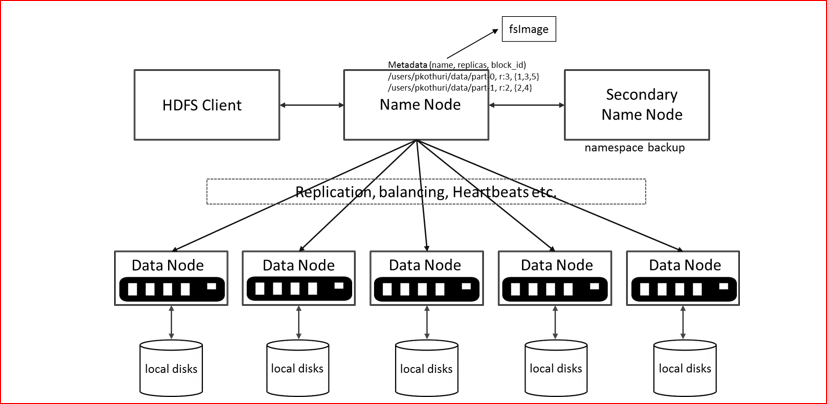

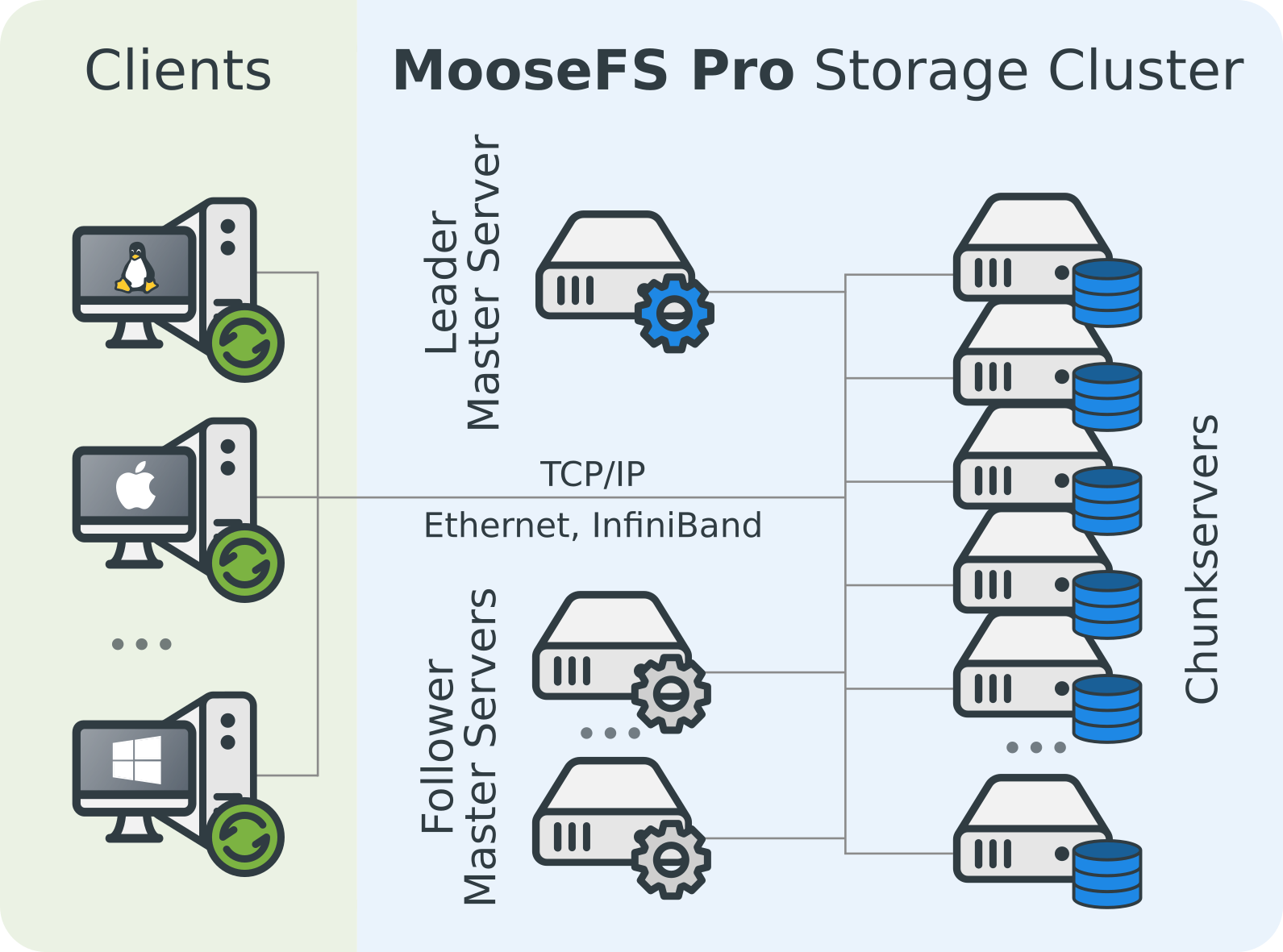



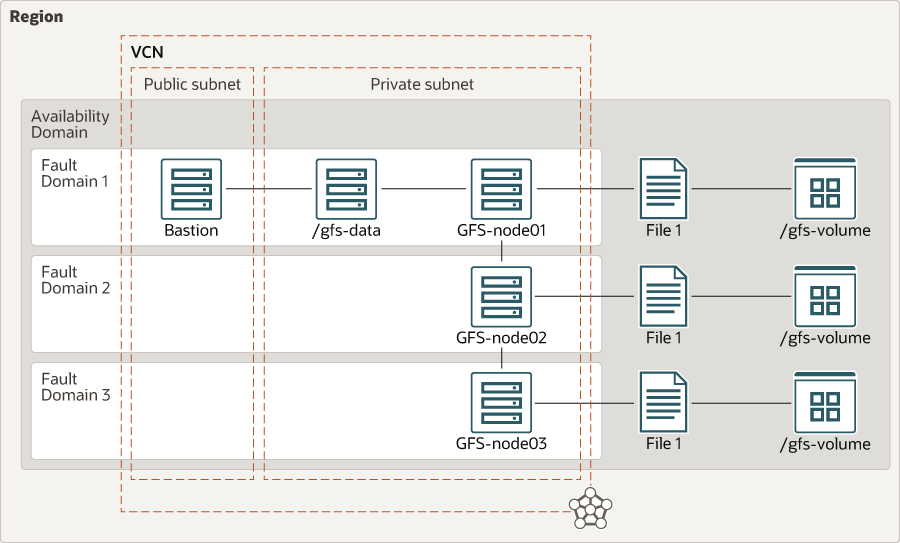


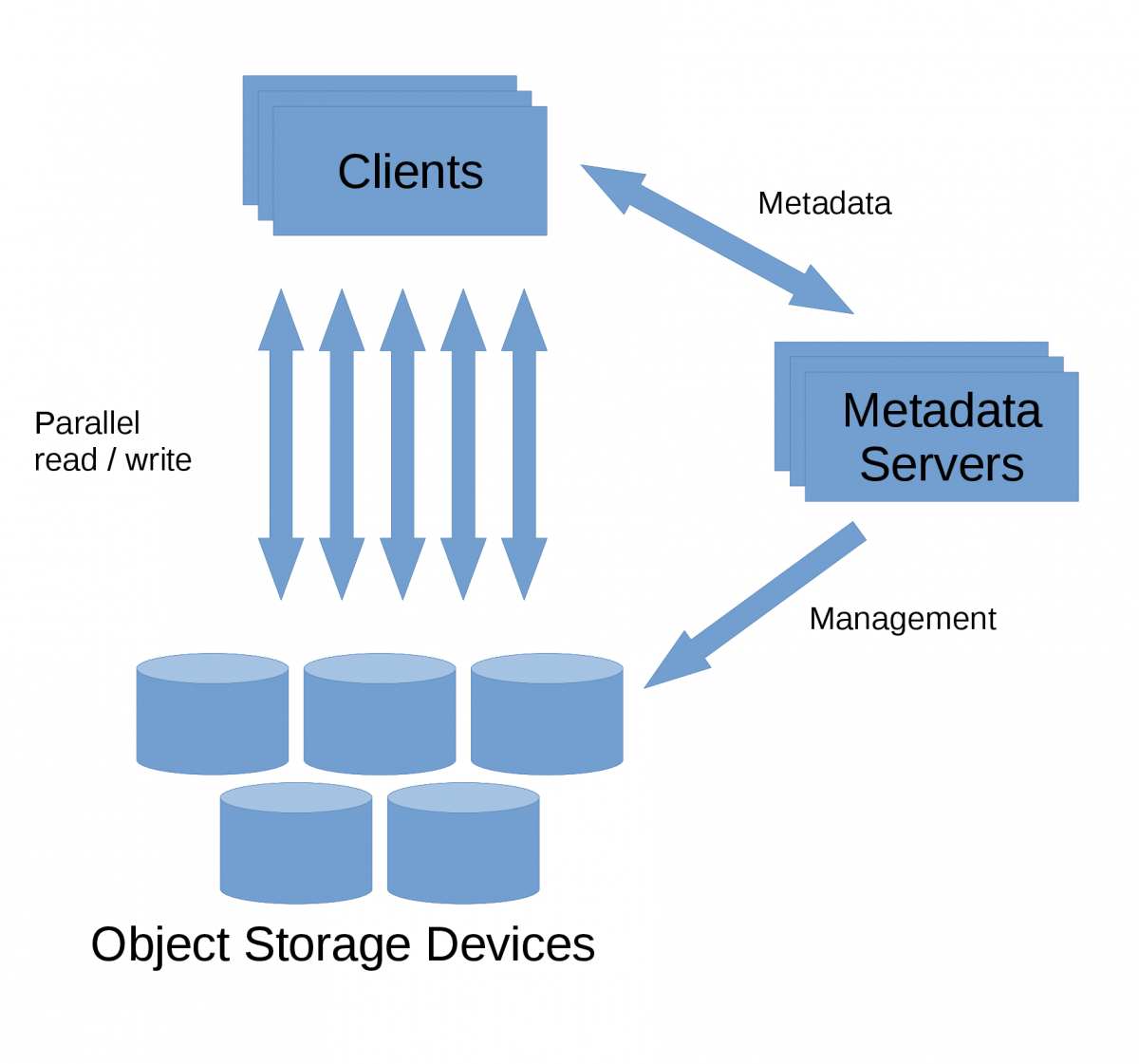

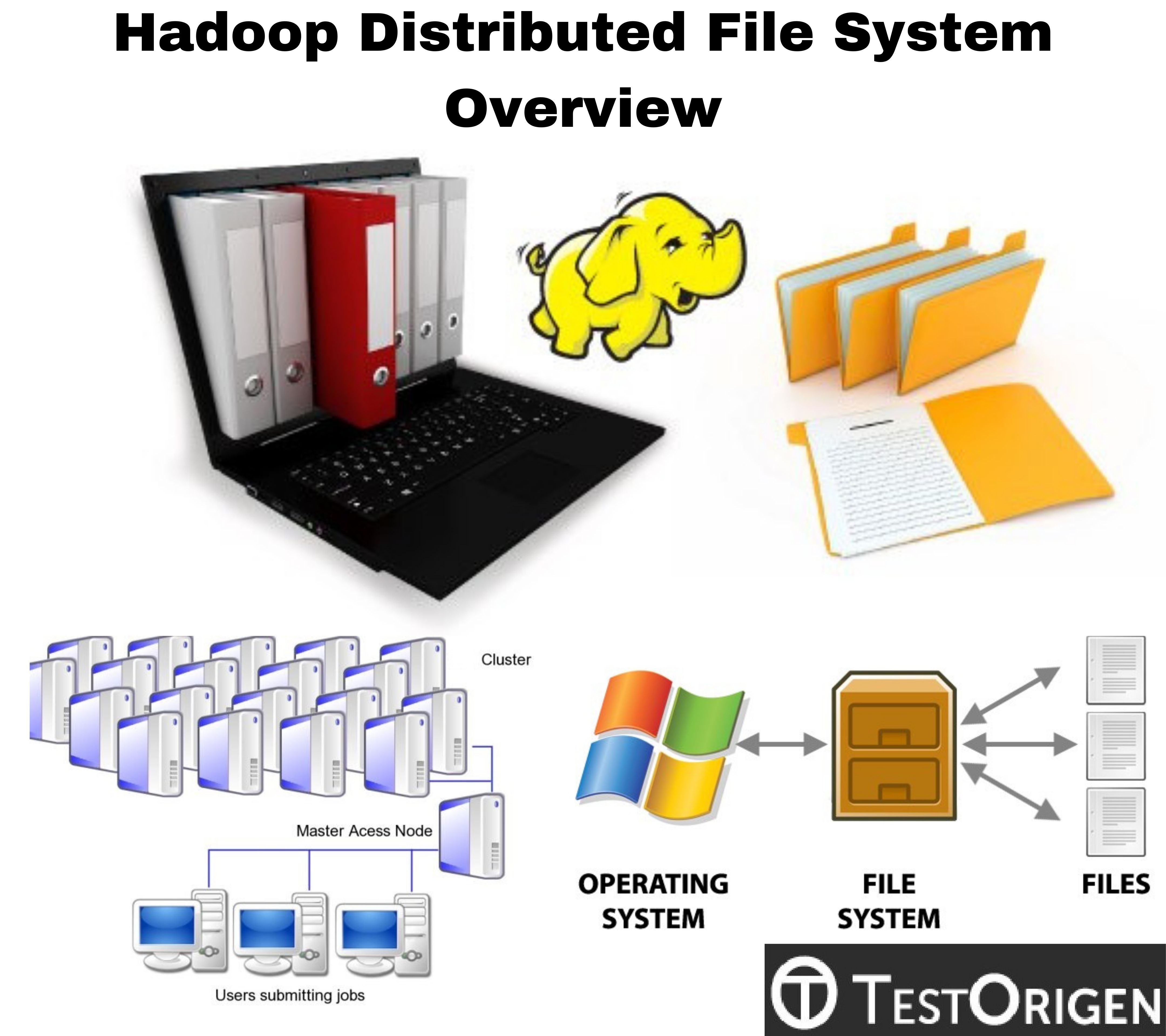
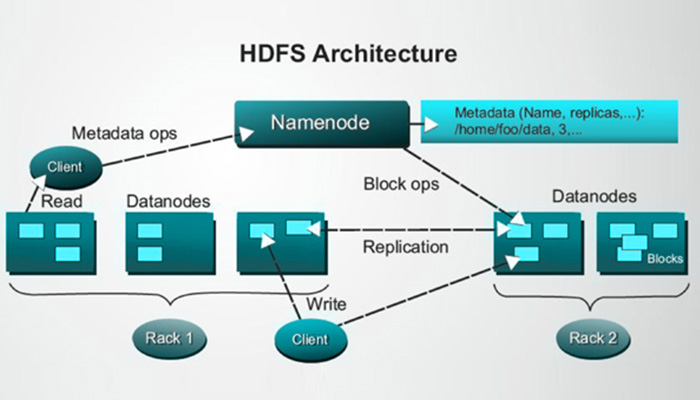


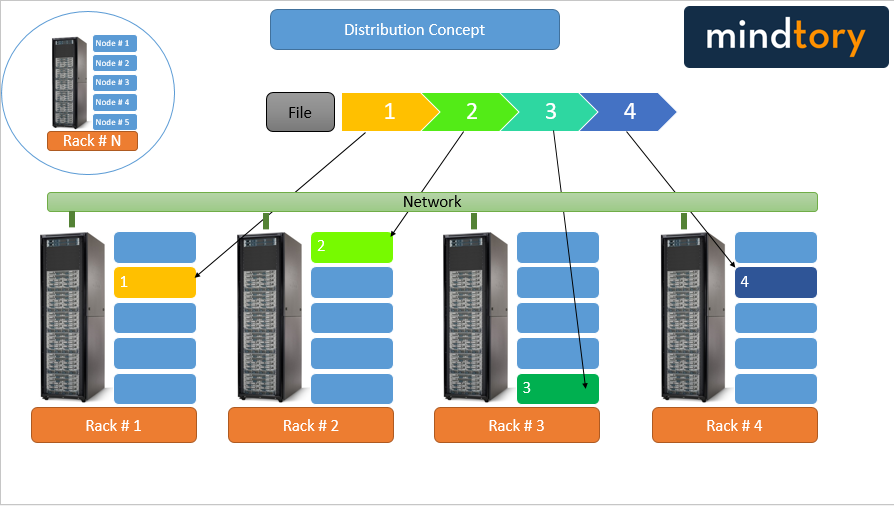
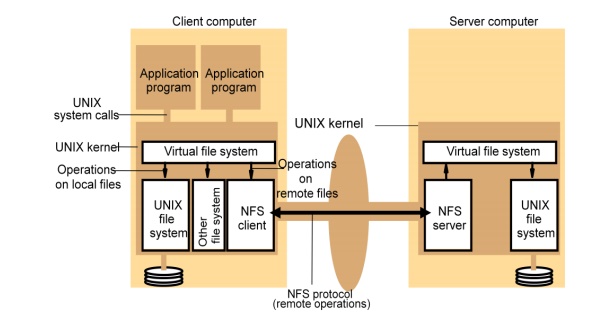



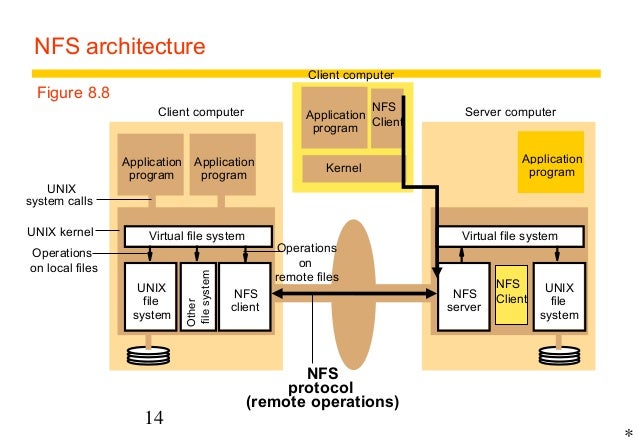

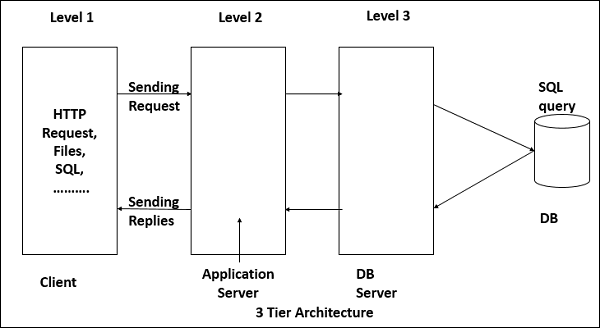



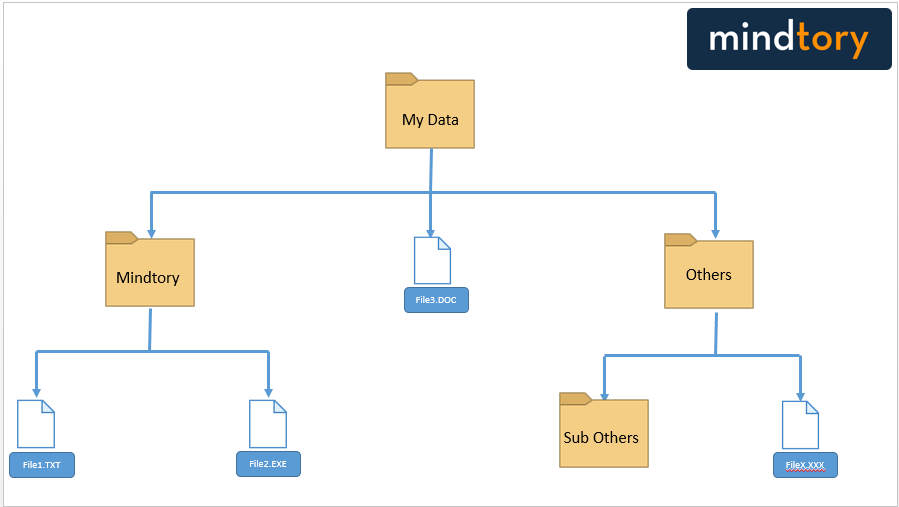


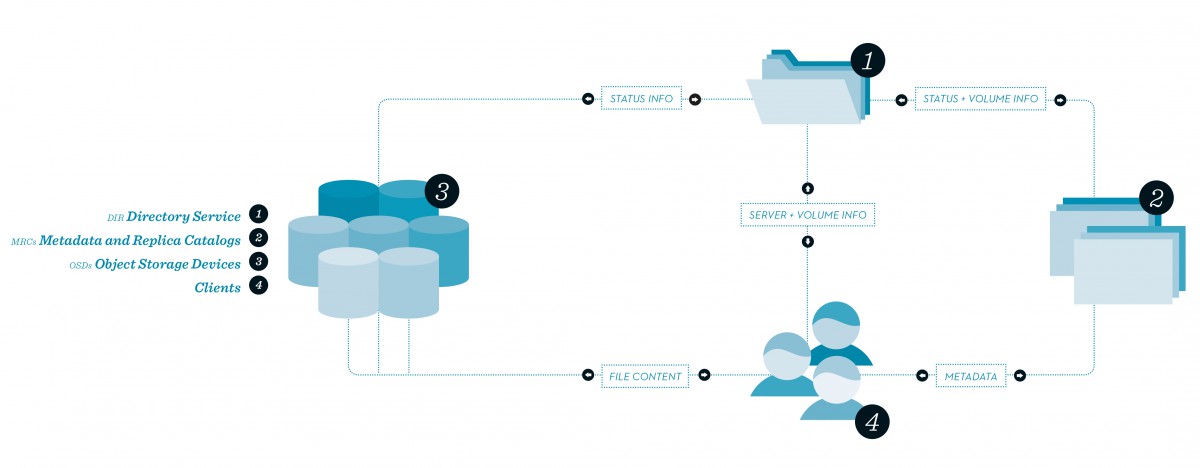

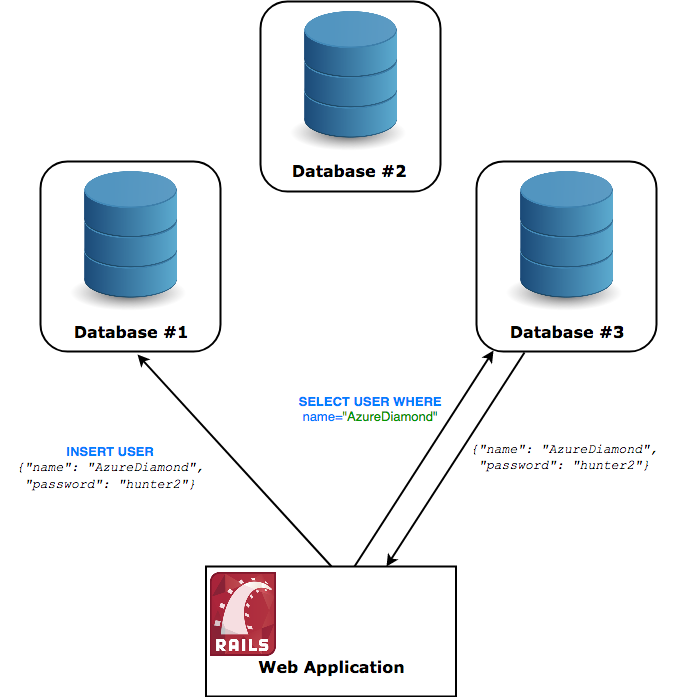
Post a Comment for "Architecture Of Distributed File System"